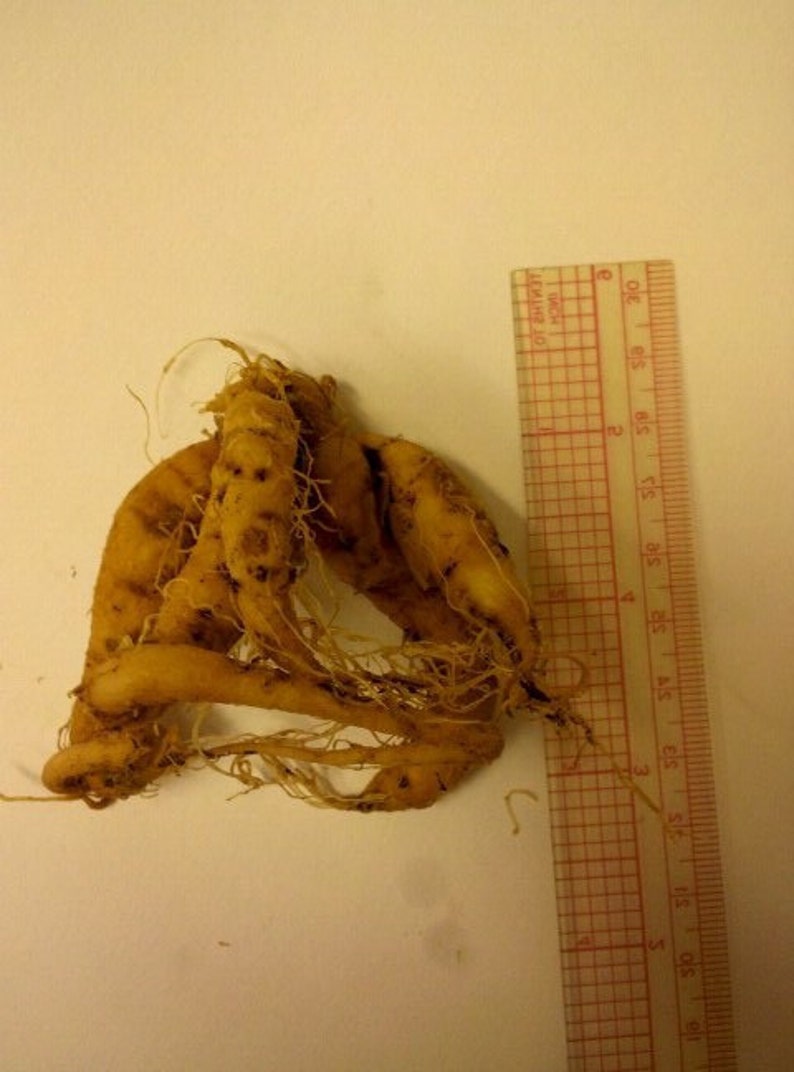


The Deadly Scream of the MandrakeĪncient legend tells us to pull up a mandrake root leads to sickness and/or immediate death. Others claim use of the mandrake as an aphrodisiac (as mentioned in the book of Genesis in the story of Leah and Rachel), and also as a protective amulet against evil spirits. Some claimed to have used the mandrake plant to put their patients in a sedated state for surgeries or to relieve pain. In ancient Middle East, this magical plant was used for medicinal and magical purposes. The mandrake root is viewed as dangerous and potentially evil in the modern Middle East. Modern Arabs know the mandrake root as Beid el Jinn, which means Eggs of the Jinn (the Jinn are dangerous spirits in Islamic mythology). The mandrake is mentioned in the Bible: three times in Genesis and once in Songs of Solomon. The Mandrake’s cry is fatal to anyone who hears it.” ~ Hermione quote from the Harry Potter Series The Mandrake Root’s Ancient History “ Mandrake or Mandragora is used to return those who have been petrified to their original state. If ingested, the mandrake causes one to stop breathing and die at worst, at best it causes profuse vomiting and diarrhea. This magical plant is found in Southern European countries like Italy and Spain but is also in North African countries like Morocco and Tunisia. The mandrake root’s toxicity is due to the chemicals inherent in the entire plant, mostly the stem and leaves: anticholinergics, hallucinogenics, and psychotic alkaloids. The root of the plant itself takes on strange human-like characteristics, hence the name man-drake. The mandrake root produces berries yellow to reddish and look similar to tomatoes. The leaves resemble a cabbage or edible green, but they are not edible! The flowers range in color from white to purple and have a similarity to Belladonna blooms. Mandrake is a perennial with a long stem and short trunk. Its scientific name is Mandragora officinarum, and it grows mainly in countries near the Mediterranean Sea. The mandrake root is a plant in the nightshade family rich in folklore and history. We examine the mandrake root’s magical uses, it’s intriguing history and folklore from around the world. The mandrakes give a smell, and at our gates are all manner of pleasant fruits, new and old, which I have laid up for thee, O my beloved.In this article, we take a look at one of world’s most famous magical plants – the mandrake root.Let us get up early to the vineyards let us see if the vine flourish, whether the tender grape appear, and the pomegranates bud forth there will I give thee my loves.Come, my beloved, let us go into the field let us lodge in the villages.I am my beloved's, and his desire is toward me.And the roof of thy mouth like the best wine for my beloved, that goeth down sweetly, causing the lips of those that are asleep to speak.

I said, I will go up to the palm tree, I will take hold of the boughs thereof now also thy breasts shall be as clusters of the vine, and the smell of thy nose like apples.This thy stature is like to a palm tree, and thy breasts to clusters of grapes.How fair and how pleasant art thou, O love, for delights!.Thine head upon thee is like Carmel, and the hair of thine head like purple the king is held in the galleries.Thy neck is as a tower of ivory: thine eyes like the fishpools in Heshbon, by the gate of Bath-rabbim: thy nose is as the tower of Lebanon which looketh toward Damascus.Thy two breasts are like two young roes that are twins.Thy navel is like a round goblet, which wanteth not liquor: thy belly is like a heap of wheat set about with lilies.How beautiful are thy feet with shoes, O prince's daughter! The joints of thy thighs are like jewels, the work of the hands of a cunning workman.


 0 kommentar(er)
0 kommentar(er)
